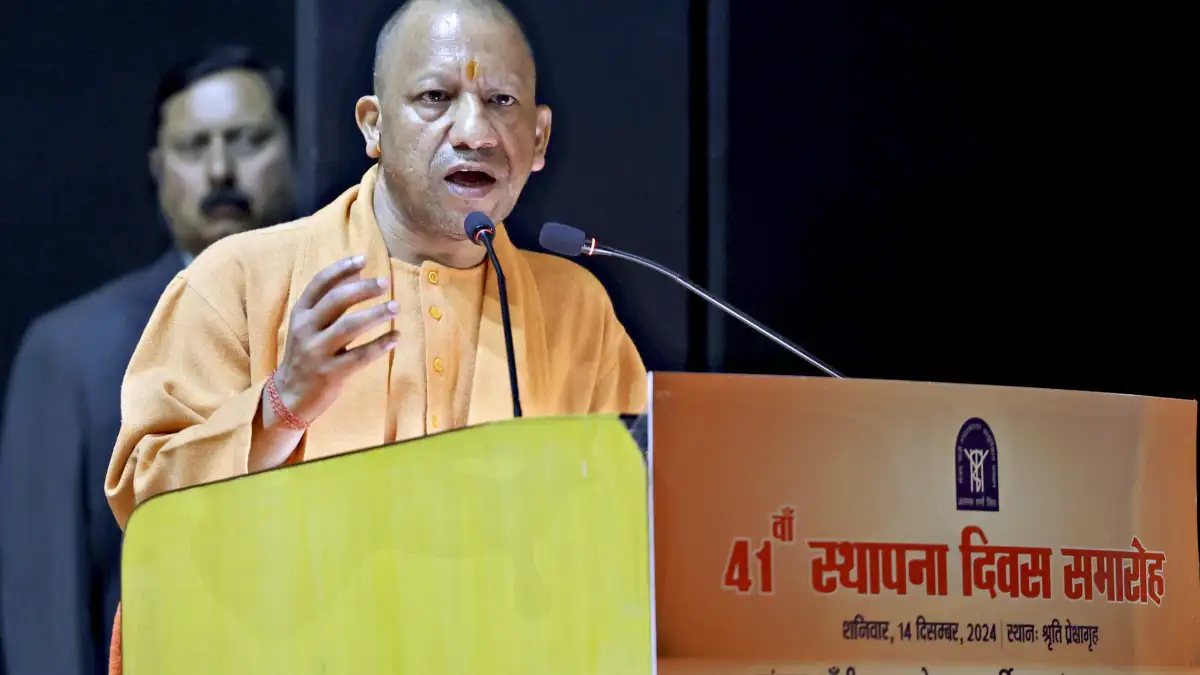
Uttar Pradesh Chief Minister Yogi Adityanath reacted to the reopening of an ancient temple in Sambhal on Sunday. Yogi questioned why the previous governments did not take action against those who resorted to riots 46 years ago, compelling the Hindu population to migrate from the district.
“Un darindo ko shaja kyun nahi mili jin hone 46 sal pahale danga karayen (Why culprits of riots that took place 46 years ago were not punished?),” the CM said.
Did Lord Hanumana’s idol crop up overnight, he asked.
Worship begins at an ancient temple after 46 years
People started worship at the ancient temple which was discovered during an anti-encroachment drive in the city following violence a few days ago.
On Sunday morning, the temple is resonating with bells and shlokas. Locals appreciate this initiative of the administration. This temple is found in the Mohalla Khaggu Sarai locality of the Nakhasa police station area of Sambhal district.
Sambhal administration reopens old temple closed since 1978 riots
The Sambhal administration on Friday reopened a temple locked since 1978 following communal riots in the town.
Officials said the temple, a stone’s throw from the Shahi Jama Masjid, was opened after authorities “stumbled” on it during an anti-encroachment drive.
The Bhasma Shankar temple houses an idol of Lord Hanuman and a Shivling.
Sub-Divisional Magistrate (SDM) Vandana Mishra, who was leading a campaign against electricity theft in the area, said, “While inspecting the region, we stumbled upon this temple. Upon noticing it, I immediately informed the district authorities.
“We all came here together and decided to reopen the temple,” Mishra said, adding that the temple had been closed for decades and the local residents confirmed it had been locked since 1978.
Vishnu Shankar Rastogi, an 82-year-old patron of the Nagar Hindu Mahasabha, shared his personal connection with the temple.
“I have lived in Khaggu Sarai since my birth. After the 1978 riots, our community was forced to migrate from the area. This temple, dedicated to our Kulguru, has been locked since then,” Rastogi said.
“Around 25-30 Hindu families, including ours, used to live in the Khaggu Sarai area. After the 1978 riots, we sold our house and left this place,” Rastogi said.
Why was the temple closed?
As per the locals, the temple had remained locked since 1978 after the communal riots that led to the displacement of the local Hindu community.
(With PTI inputs)


